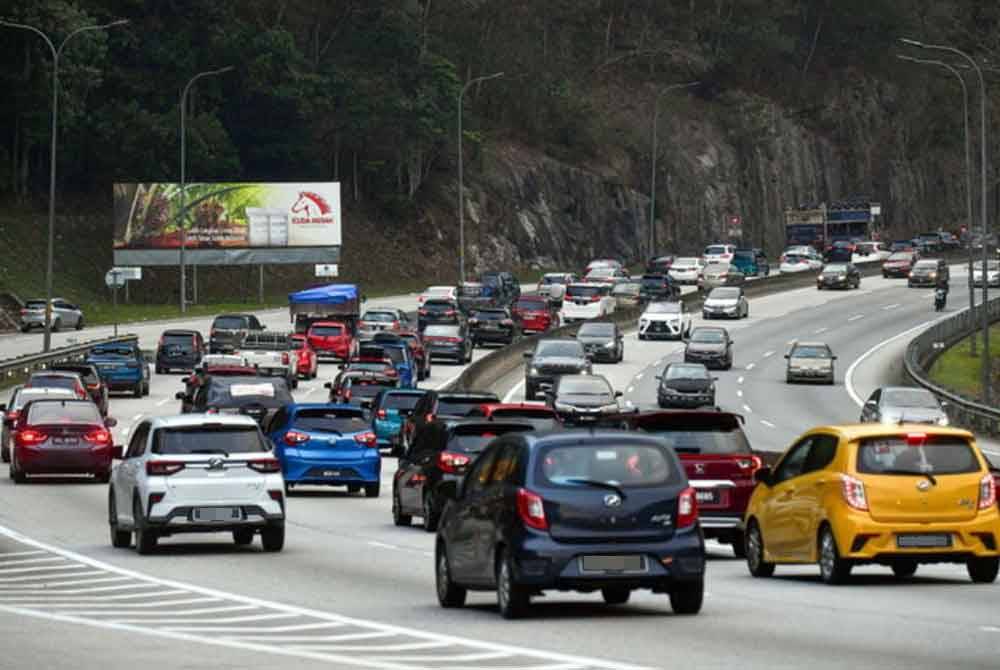Easy EV travel in north and south, but east coast remains challenging
This highlights a regional disparity in charging infrastructure that emphasised the need for further development in these areas.

This is the second article in a four-part series exploring the potential of electric vehicles (EVs) for cleaner electricity generation and greater sustainability despite the environmental challenges associated with battery production and disposal. The series will also cover related topics such as tax exemptions and green benefits.
SHAH ALAM – Travelling with an electric vehicle (EV) is becoming increasingly convenient in Malaysia's north and south, thanks to charging stations in key areas like the Klang Valley, Penang and Johor Bahru.
However, travelling to the East Coast, particularly Kelantan, Terengganu, and Pahang, still presents significant challenges.
This highlights a regional disparity in charging infrastructure that emphasised the need for further development in these areas.
Edaran Otomobil Nasional Berhad sales specialist Abbas Mohd Tajuddin said that the primary concern when comparing EVs to internal combustion engine (ICE) cars was the range of EVs, which typically spanned 400 to 600 kilometres (km), with those offering higher ranges often costing over RM1 million.
“People also worry about charging station availability. To address this, it is important to educate customers on EV usage and journey planning.
“Plus, the shift from ICE to EVs can be challenging due to the convenience of petrol stations and repair workshops.
“In Malaysia, EV infrastructure has significantly improved since I started working on EVs in 2022. The number of charging stations has nearly doubled by 2024, thanks to government support and business investment.
“Unlike petrol stations, which are government-regulated and subsidised, charging station owners set their own rates based on kilowatt usage or charging time,” he said.
Abbas also highlighted that travelling north or south with EVs in Malaysia, is relatively easy with charging stations in hotspots like Klang Valley, Penang, and Johor Bahru.
“The challenge is the east coast, particularly Kelantan, Terengganu and Pahang. Previously, limited charging stations required passing through Pahang and Terengganu to reach Kelantan.
“However, recent media coverage has shown new stations in Kelantan, such as in Gua Musang and Kota Bharu. With proper planning, travelling across Malaysia with an EV is becoming more feasible as infrastructure improves,” he added.
Abbas also noted that most showroom visitors, or potential EV buyers, are already familiar with EVs and have specific questions.
“Only about one to two per cent do not know anything about EV, and need basic education. Plus, EV buyers typically range from 30 to 60 years old.
“Younger buyers around 30 are more adaptable to new technologies, while those in their 60s often research EVs as a new experience or a luxury item.
“I would say that many EV users and buyers are quite financially capable and can afford a range of EV options available today,” he said.
Abbas also advised that when buying an EV, focus on the needs rather than trends or design.
“Frequent travellers should choose a long-range EV, while those using their vehicle for short trips can opt for a basic model. With many new EVs and brands entering Malaysia's market today, one should select a vehicle that fits one's needs without overspending.
“Additionally, government ministries should consider adopting EVs for their fleets. This firsthand experience would help them understand the benefits and drawbacks of EVs, identify areas for improvement, and set a positive example for the public.
“By using EVs themselves, they can effectively promote and advance the adoption of electric vehicles within the country,” he said.










